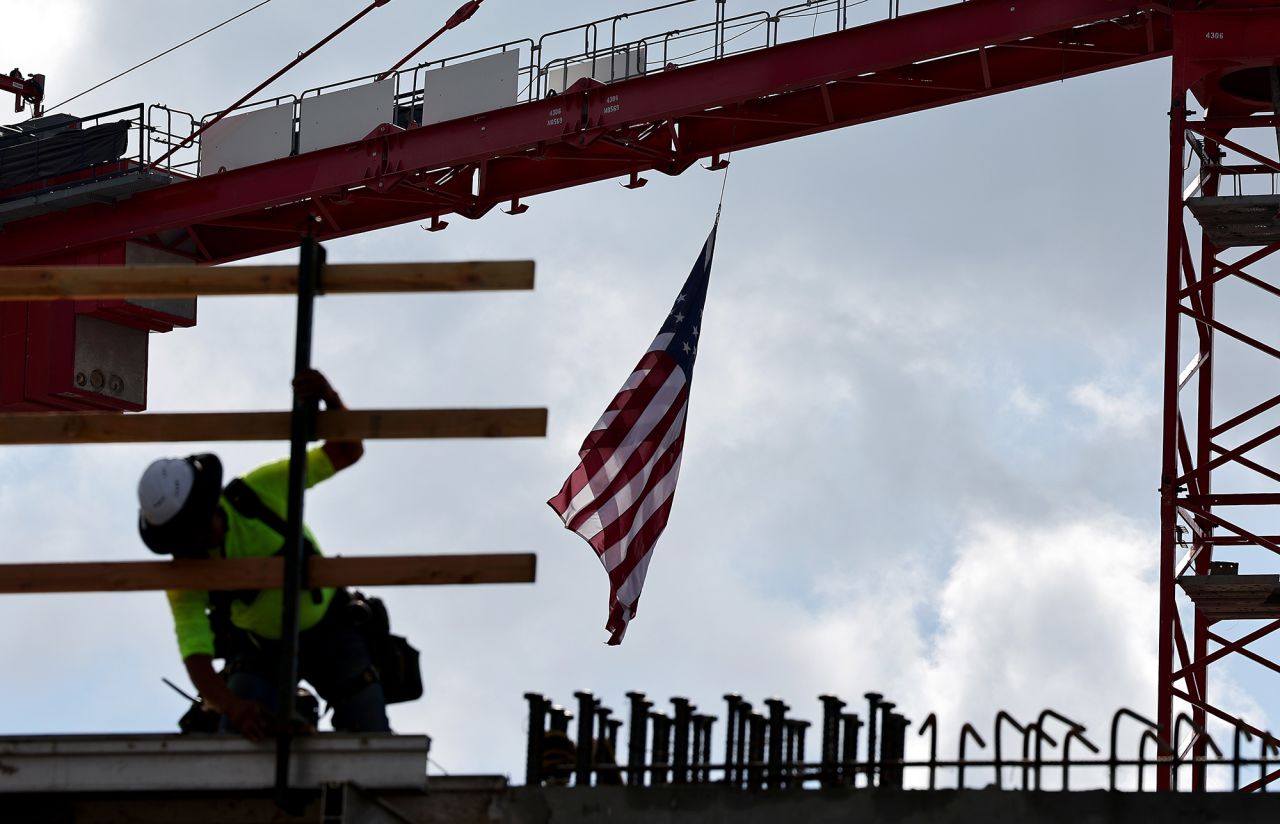Foreign born residents of the US had higher labor force participation rates but lower weekly earnings than those born in America last year, according to a recent Bureau of Labor Statistics report.
Nearly 67% of the foreign born participated in the labor force in 2023, compared to just under 62% of the native born, according to the agency’s annual Labor Force Characteristics of Foreign-born Workers summary.
The report looks at this key part of American’s economic engine – workers who were born outside of the US and who do not have parents who are US citizens. The foreign born include legally admitted immigrants, refugees, temporary residents and undocumented immigrants.
There was a big divide between the participation rates of men and women. Nearly 78% of foreign-born men were in the labor force, compared to about 66% of native-born men. Among foreign-born women, roughly 56% participated in the workforce, compared to nearly 58% of their native-born counterparts.
Foreign-born full-time wage and salary workers had typical usual weekly earnings of $987 last year, compared to $1,140 for native-born workers. Foreign-born men had weekly earnings of $1,051, compared to $1,238 for native-born men, while foreign-born women had weekly earnings of $899, compared to $1,025 for their native-born counterparts.
The differences in earnings reflect several factors, including variations in educational attainment, occupation, industry and geographic region, according to the agency. For instance, foreign-born workers were less likely to have high school or college degrees and less likely to work in management, professional, sales and office occupations than native-born workers. The foreign born were more likely to work in service, construction and maintenance jobs, among other occupations, which often pay less.
Some 3.6% of the foreign born were unemployed last year – the same share as the native born. However, while the unemployment rate for the native born is below its pre-pandemic level, the rate for the foreign born is higher than it was prior to the Covid-19 pandemic.
Nearly half of foreign-born workers were Hispanic, while Asians accounted for one-quarter. Just over 15% of foreign-born workers were White, and nearly 11% were Black.




























